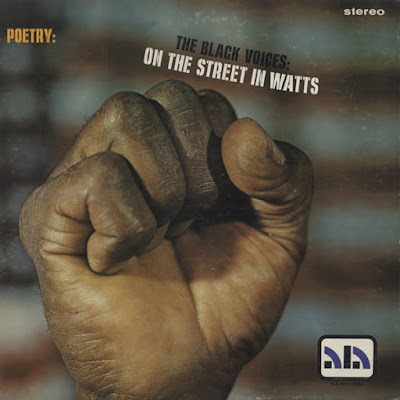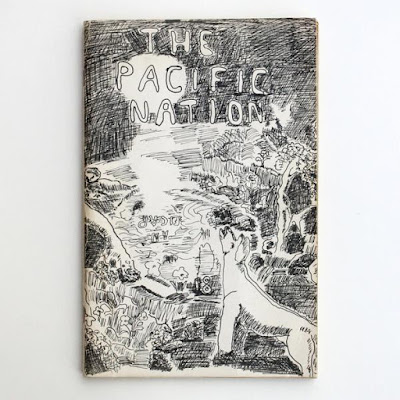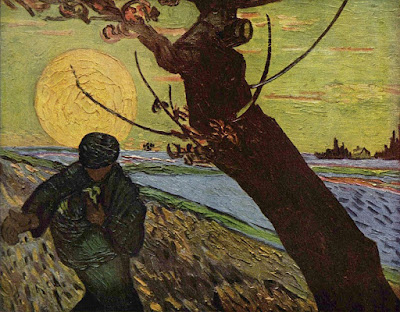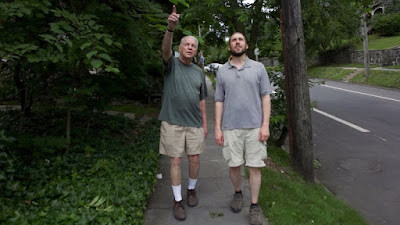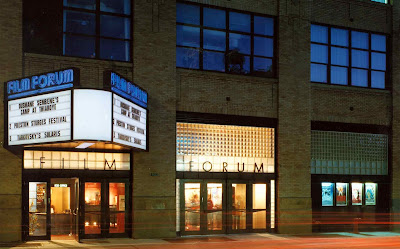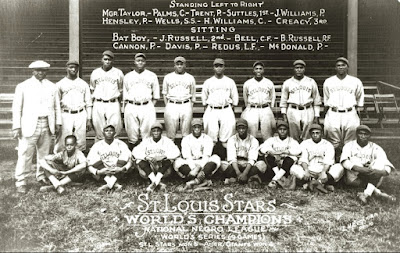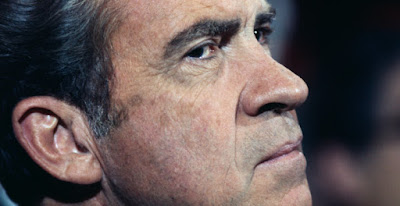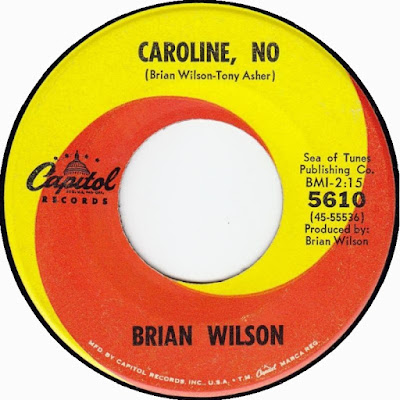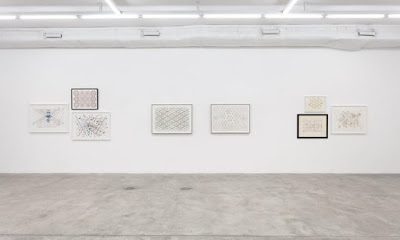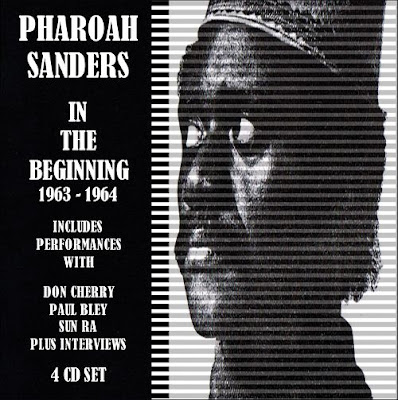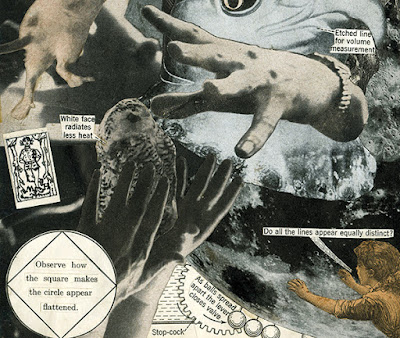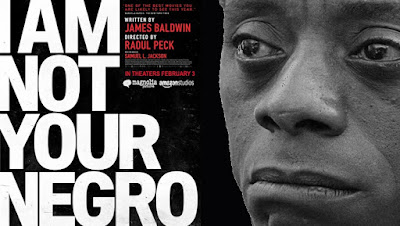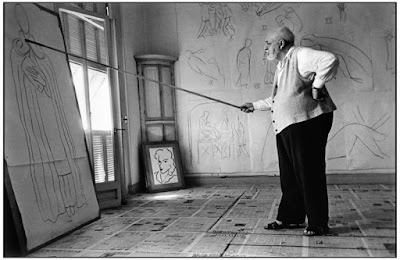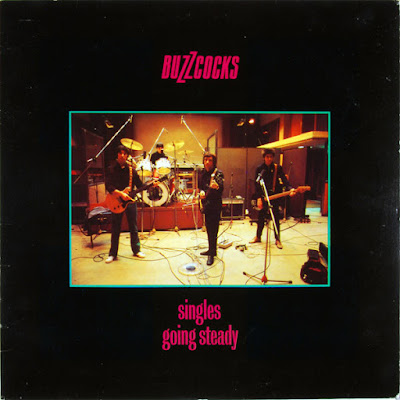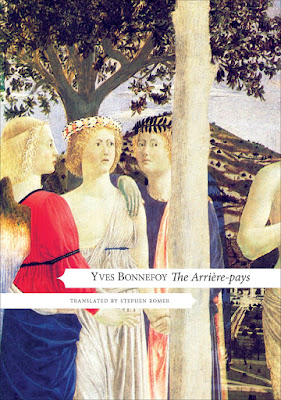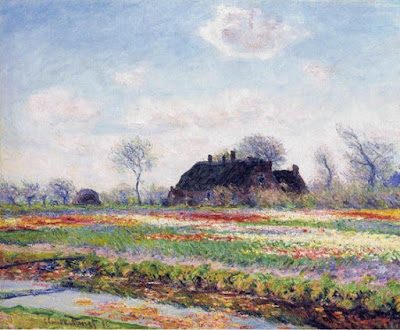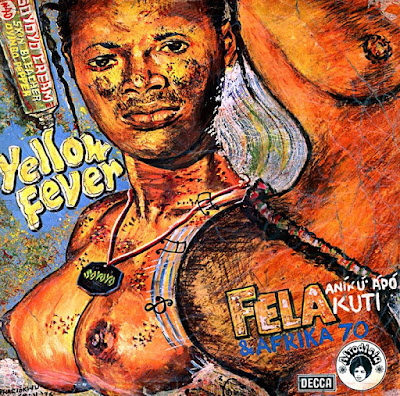
Supporters of Jean-Luc Melenchon, the head of the political movement “France Unsubjugated.”
"PARIS — France’s presidential election this year was exceptional: because of Emmanuel Macron’s victory, because of the presence of a representative of the far right in the second round, because of the first-round elimination of the two main parties on the right and the left. And also because of the strong showing of Jean-Luc Mélenchon, the head of the political movement 'France Unsubjugated.' Mr. Mélenchon, who also had the support of the French Communist Party, or P.C.F., obtained 19.5 percent of the first-round vote, though he came in fourth and couldn’t participate in the runoff. By refusing to give Mr. Macron (in Mr. Mélenchon’s eyes a contemptible neoliberal) an unequivocal endorsement, though at the same time declaring that Marine Le Pen must be opposed, Mr. Mélenchon aroused multiple controversies and raised questions about what exactly he stood for. ..."
NY Times
Jacobin: Lessons From the French Election
Washington Post: 4 key lessons from France’s presidential election
2017 February: France, Without a Struggle, Is at a Loss, 2017 April: France Rebels, 2017 April: How the Election Split France, 2017 May: As French Elections Nears, So Does a Step Into the Unknown
